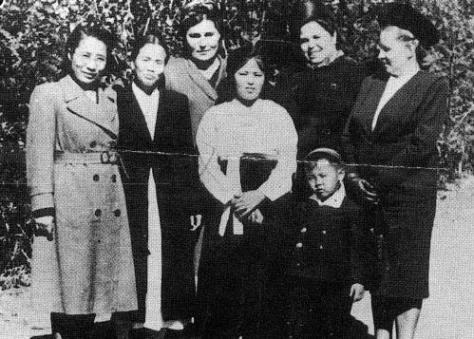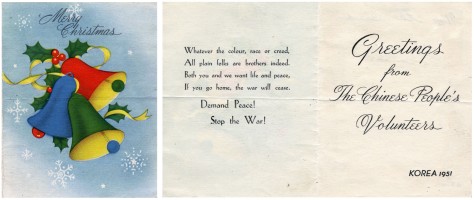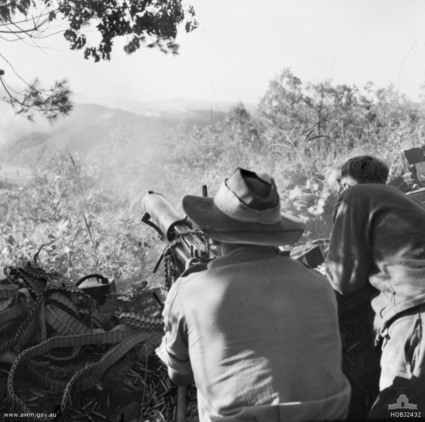A woman displaced by the Korean War, in a photograph dated the 17th of October, 1950.


In her mid-twenties in 1945. X
Kim Jong-suk, a Korean anti-Japanese guerrilla fighter, Communist, and mother of North Korean dictator Kim Jong-il, died on the 22nd of September, 1949.

The “Great Mother” as a fighter in a propaganda painting. X
Twenty-nine at the time of her death, while the official state explanation is that she died of the hardships of fighting for Korea, it is thought she possibly died either giving birth to a stillborn son, from tuberculosis, or from a gunshot wound. Her death is not even mentioned in her biography.

The year before her death. X
Kim Jong-suk was the first wife of Kim Il-sung, and the grandmother of current leader Kim Jong-un. She is buried in the “Revolutionary Martyrs’ Cemetery” near Pyongyang, the capital city of North Korea.
The Chungkai Camp was operated by the Japanese during World War Two, and prisoners – including soldiers from Britain and the Commonwealth – were made to work on the Burma–Thailand Railway.
This “Christmas card” is in the collection of London’s Imperial War Museum, and was created in either 1943 or 1944. It depicts Father Christmas in a loincloth, carrying a sack of presents through a bamboo fence.
It was very dangerous to make images while a prisoner in the camp. One prisoner, Jack Chalker, reported his sketches of camp life being discovered by a Korean guard. Chalker was beaten for days as punishment.

As the Korean War entered its second year, and the second Christmas of the conflict came close, the Chinese government produced Christmas-themed propaganda leaflets to be spread amongst United Nations forces.
This leaflet is from 1951. It would be another year and a half before the war ended.
Whatever the colour, race or creed,
All plain folks are brothers indeed.
Both you and we want life and peace,
If you go home, the war will cease.
Demand Peace!
Stop the War!


Australian soldiers participating in the battle. X
Primarily fought by British and Australian troops against Chinese forces, the First Battle of Maryang San began in Korea on the 3rd of October, 1951. It is considered to be one of Australia’s greatest achievements in the Korean War.

Australian troops lead captured Chinese soldiers away. X
The victorious United Nations forces also included soldiers from Canada, New Zealand and the United States.
The battle concluded on the 8th of October.

Durham Stevens in 1903 X
American diplomat Durham Stevens was attacked by Korean independence activists Jang In-hwan and Jeon Myeong-un on the 23rd of March, 1908. He died two days later.
Jang In-hwan and Jeon Myeong-un, both photographed in 1907.
Both Korean men had moved to the United States, and the attack took place at the Fairmont San Francisco.
Stevens, who had been employed by Japan’s Ministry of Foreign Affairs, had spoken out in favour of Japanese influence in Korea, and Japan’s annexation of the Korean peninsula.
The Fairmont San Francisco in 1907 X
Japan’s annexation and occupation of Korea was complete two years after Stevens’ death.
Stevens is remembered by Koreans as a traitor to their sovereignty, though at the time of his assassination many spoke out in his favour.
Wreckage of a C-54 destroyed on the ground at Kimpo Airfield by North Koreans on 25 June, 1950. Photographed on September 18, 1950. Korean War.